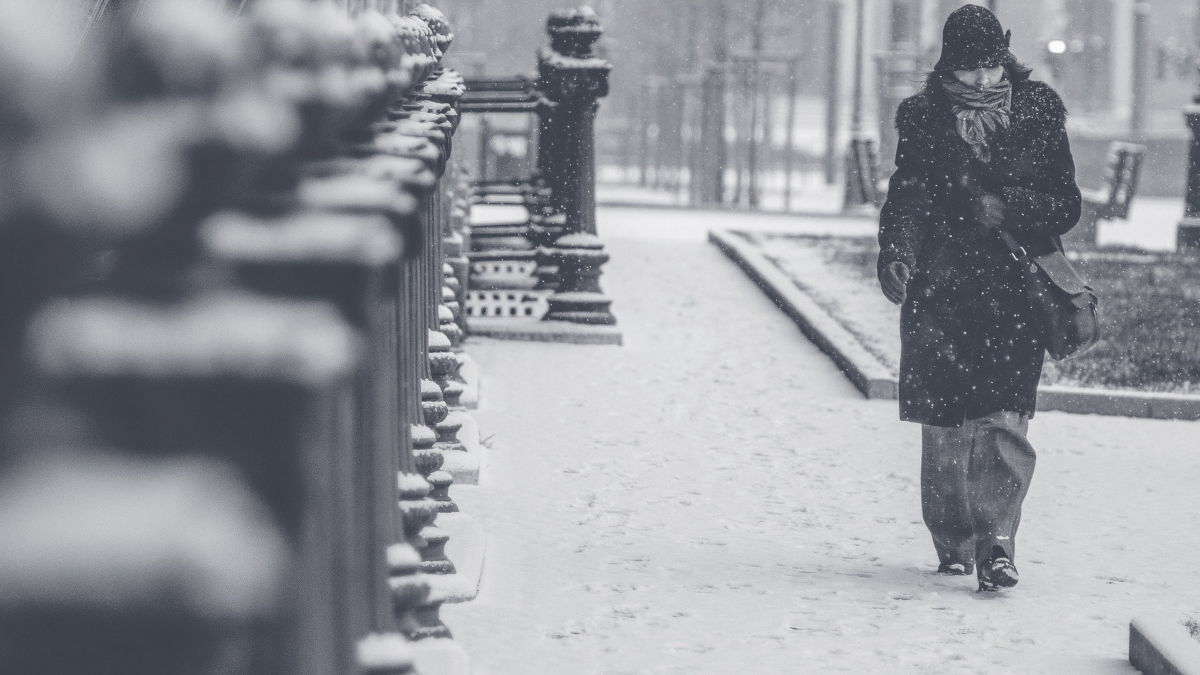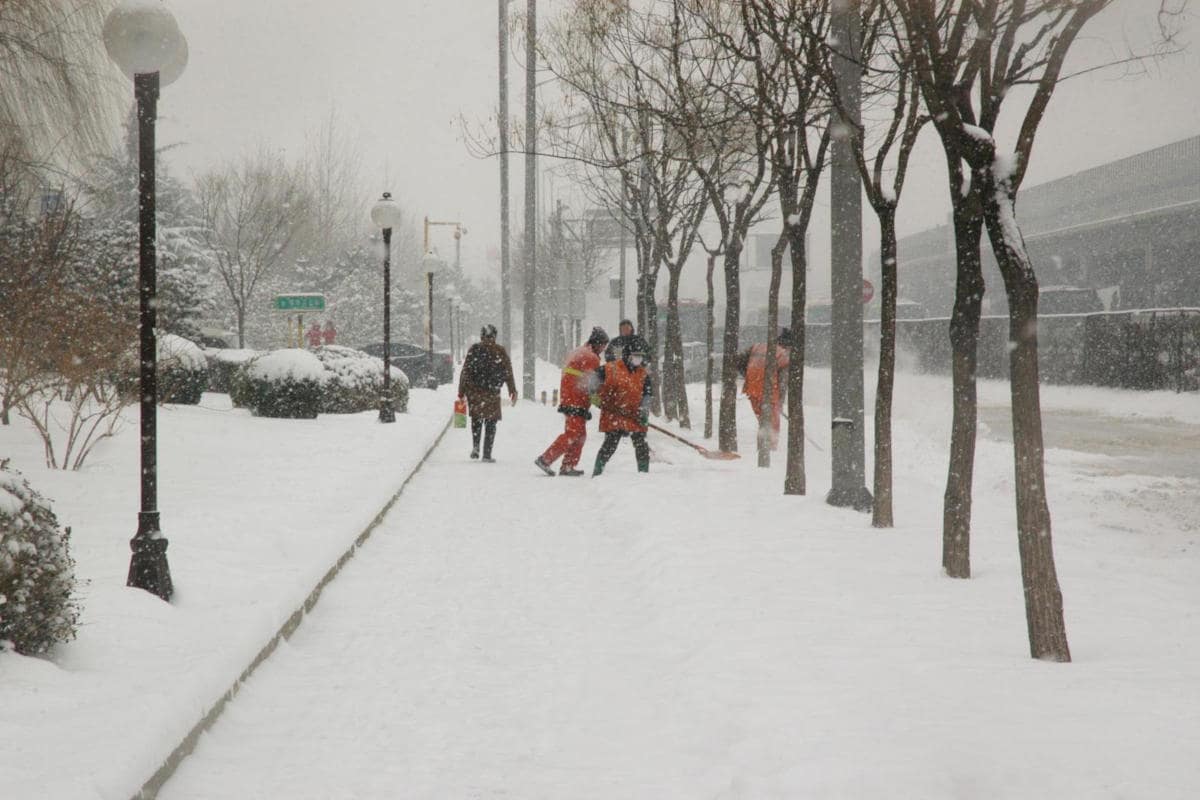
Even though winters in Colorado aren’t always the winter wonderland people from out of state envision, keeping your property safe during the winter is also vital as a property owner. Ensuring that patrons, employees, and anyone else who enters your property are safe not only reduces your liability risk from injury, but will also make sure that business continues as usual and income flows to you. Keeping your sidewalks clear and looking great is easier than it sounds:
Keep Your Sidewalks Clear with These Tips:
Have a Plan Ready
- Having a proper winter risk management plan will make sure that you are aware of any areas of your property that need extra care during a snowstorm, such as parts of the sidewalk where meltwater will flow towards and create puddles that freeze.
- Be aware that some ice melt products may be harmful to plants or animals. Salt-free, organic materials eliminate the nasty residue that can damage your plants. If your property is frequented by patrons with pets, there are also several pet-friendly ice melt alternatives to keep them safe.
Prevent Ice BEFORE a Storm Hits
- Anti-icing is a proactive measure that prevents snow and ice from bonding to walkways or roads, making it much easier to shovel or plow. It is the most cost-effective and environmentally-safe practice for keeping ice at bay.
- Studies have shown that because anti-icing prevents ice from forming beforehand, it requires about 1/4 the material and 1/10 the overall cost of only de-icing.
Remove Snow Before It Accumulates and Compacts
- Shoveling or plowing snow before it can pile up and compact will also prevent ice from forming, and make any deicing you perform afterward work more effectively. Less snow and meltwater laying around means the de-icing product doesn’t need to work as hard.
Perform De-Icing as Necessary to Reduce Slipping Risk
- De-icing is a reactive action to remove ice or compacted snow that has ALREADY formed on surfaces. Instead of preventing ice from forming, you are trying to break the bond between the ice and surface.
- A key to de-icing effectively is keeping meltwater from sitting and re-freezing on sidewalks or other walkways. Effective drainage of your property will make sure that the meltwater flows off of walking areas to reduce the risk of slip-and-fall incidents.
- NOTE: Using ice-melt products on snow itself (such as trying to melt a large snow pile) is extremely ineffective and wasteful. If you don’t have a suitable area for storing all the plowed snow or don’t want to keep it on your property, consider off-site snow hauling.

Sometimes, no matter how hard you try, the snow can really pile up here in Denver. Over the last 100+ years, we have had several huge snowstorms in the city. According to the National Weather Service, the 5 worst snowstorms ever recorded in Denver are:
- Dec 1-5, 1913: 45.7 inches of snow
- Mar 17-19, 2003: 31.8 inches of snow
- Nov 2-4, 1946: 30.4 inches of snow
- Dec 24, 1982: 23.8 inches of snow
- Apr 23, 1885: 23 inches of snow
The Great Colorado Snowstorm of December 1913 was by far the largest snowstorm ever recorded here. Winter started early that year; the first snowfall occurred on September 11th. October was very cold that year, although November saw warmer than average temperatures. This led to concern over a lack of moisture, as there had not been much snow up to that point, just a little rain. That all changed on December 1st, as over the next 5 days, Denver would have almost 46 inches of snow dumped on them.
Strangely, temperatures remained around 32°F throughout most of the storm; photos of wet sidewalks shortly after indicate these higher temperatures. The higher temperature helped to create wet, heavy snow, which is also unusual for us here in the Mile High City. Transportation in, to, and from the city became a nightmare. Dozens of trains were stalled heading into and out of Denver, the tramway service was suspended for an entire week, and automobiles ironically had to be hauled off the streets by teams of horses. According to The Denver Post at the time, “The only means of transportation was a sturdy pair of legs.”
The Great Colorado Snowstorm of 1913 had several long term impacts here in Denver and Colorado as a whole. Building codes had to be changed because the weight of the snow was too much to handle for many buildings in the city. Reports back then indicated that every cubic foot of snow weighs 22 pounds. Because of this, modern roofs must be able to hold 35lb/sq ft. The storm had a hugely positive effect on farming that year, as it had assured there was sufficient moisture for the next year’s crops. In fact, the 1914 crop was valued around $115,000,000 at the time (just shy of $3 billion today!) Lastly, skiing had never really been considered a recreational sport before the storm of 1913 hit. This all changed after the storm, when Denver’s first open ski-jump competition was held in the foothills just one month later in January 1914!
Find an Ally for Quality Winter Services to Help
Keep ice at bay through even the toughest Colorado winters with Snow Management Services. We have worked with property owners for more than 25 years to keep their sidewalks, parking lots, and landscapes clear of snow, ice, and liability risks. Our full range of winter commercial property services ensure that patrons, employees, and anyone else are safe no matter how bad the weather gets.
To see what we can do for you, give us a call at (303) 750-8867 today or contact us online to get started.
